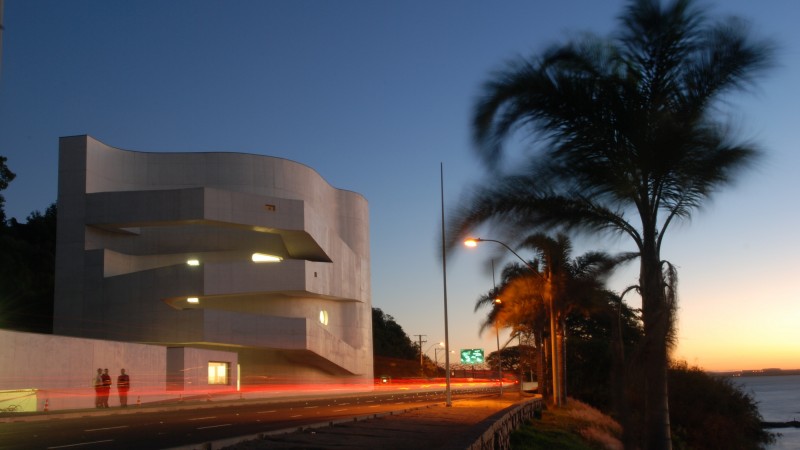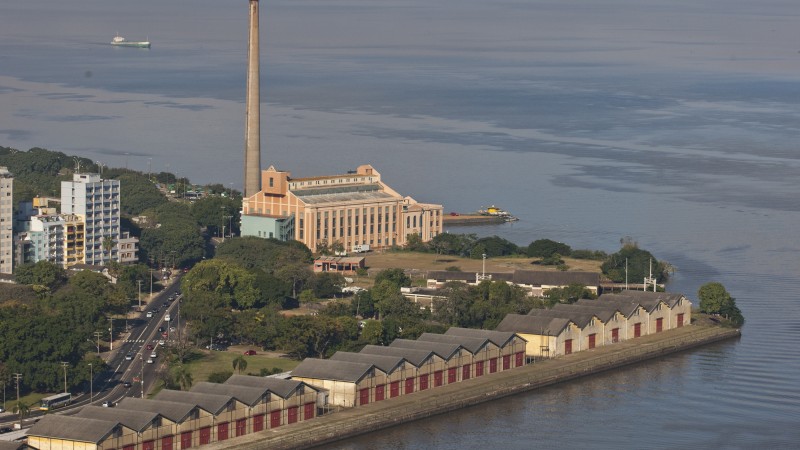Quality of life
Known for its high quality of life, the state of Rio Grande do Sul has been consistently ranked among the top Brazilian states in Human Development Index (HDI) for many years, according to the United Nations Development Programme (UNDP). With continuous improvement in schooling, income and life expectancy indicators, 63% of its cities have high development rates (Atlas of Human Development in Brazil, 2013), and 11 cities are among Brazil’s top 100 cities in human development.
With one of the country’s highest life expectancy rates, 76.9 years for both genders, (IBGE, 2013), similar to Poland’s rate, Rio Grande do Sul has a broad network of health services, and Porto Alegre is a national reference in medical services.

Composed by multiple ethnicities representative of all the five continents of the world, the State has a unique cultural diversity reflected in the several opportunities of culture and leisure provided in its territory.
The State has 387 museums (SEM/RS, 2016), notably Museu Júlio de Castilhos, Museu de Armas General Osório, Museu de Arte do Rio Grande do Sul, Museu de Arte Sacra and Museu Rio-Grandense de Ciências Naturais, in the Capital; Museu do Centro de Tradições Gaúchas Rincão da Lealdade, of products, apparel and regional objects, in Caxias do Sul; Museu Antropológico, in Ijuí; Museu Histórico, in Pelotas; Museu Oceanográfico, in Rio Grande; Museu Histórico Vítor Bersani, in Santa Maria; Museu Barão do Santo Ângelo, in Rio Pardo; Museu Farroupilha, in Triunfo, in the old palace of Governo Farroupilha; and Museu Colonial Visconde de São Leopoldo, in São Leopoldo.

Rio Grande do Sul has two thousand libraries, and the most important are located in Porto Alegre, namely Biblioteca Pública Estadual, Biblioteca do Exército, Biblioteca da Assembleia Legislativa do Estado, Biblioteca da Bolsa de Valores, Biblioteca da Faculdade de Direito da Universidade Federal do Rio Grande do Sul and Biblioteca do Colégio Anchieta. The state’s oldest library, Biblioteca Rio-Grandense, is located in Rio Grande.

Tourism
The Capital, Porto Alegre, with 1.4 million inhabitants, has been a Host City for the 1950 and 2014 FIFA World Cups. The city also hosted the first editions of the World Social Forum and is a reference in democratic governance, notably because of the Participatory Budget initiative. Leader in quality of life and one of the Brazilian capital cities that most attracts business tourism, Porto Alegre is a city where the world’s most popular shows and concerts take place. Theater, literature and plastic arts festivals are also held in the capital. Regarding its architecture, the capital is characterized by the preservation of one of the largest historical centers of the country, of neoclassical and eclectic styles mixed with Brazilian modernism. Its rural area, in the Southern Zone, offers large parks for ecotourism. Other attractions include dozens of shopping malls, large parks and several squares, of this large city located at the geographic center of Mercosur, a reference center in the business and events segment.

Rio Grande do Sul also includes attractive regions such as the Serra – where the city of Gramado, one of the most popular winter destinations of Brazil is located, the Vale dos Vinhedos – and Missões – where the ruins of São Miguel das Missões tell the story of the conversion of natives to Christianity by Spanish Jesuits. The National Parks of Itaimbezinho and Aparados da Serra, with their ecotourism routes and several regional festivities, also deserve mention.

